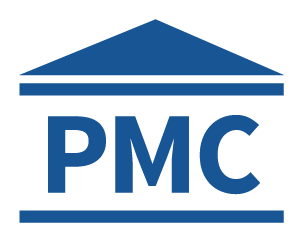Dear all,
I've read some papers and vignettes related to calculate the sample size for RNAseq experiments.
Iv'e also tried to use some tools as RNAseqPS, rnaseqpower, sspa but all of them work with 2 groups.
I have a problem because in our experimental design we are comparing more than 2 groups.
We take samples from patients in 5 different time points.
From each patient we take 1 biopsy and 1 liquid sample. From the biopsy we take 3 different samples (different parts of the biopsy which should have different transcriptomic profiles). So, in summary: from each patient we have 4 samples (3 from the biopsy and 1 from the liquid).
We want to compare samples within each time point and also samples between different time points (see the scheme).
T1 T2 T3 T4 T5 (time point)
S1 S1 S1 S1 S1 (samples type 1)
S2 S2 S2 S2 S2
S3 S3 S3 S3 S3
S4 S4 S4 S4 S4
N? N? N? N? N? (sample size for each group)
Differential expression analysis will be performed in horizontal and in vertical (between time points and between type of samples).
I've seen that above approaches compare only 2 groups (A vs B).
How can we deal with this problem?
Could we calculate sample size for 2 groups and multiply the N by 5? Or should we increase the sample size?
Because we are not comparing A vs B. We compare A vs B, A vs C, A vs D, A vs E, B vs C.... etc. So I guess this is a more complex problem (FDR) that I don't know how to solve.
Any help/advice will be welcome.
Best regard and thanks in advance
|
RNAseqPS: A Web Tool for Estimating Sample Size and Power for RNAseq Experiment www.ncbi.nlm.nih.gov Sample size and power determination is the first step in the experimental design of a successful study. Sample size and power calculation is required for applications for National Institutes of Health (NIH) funding. Sample size and power calculation is ... |



Dear Maarten,
First of all thanks for your answer :-)
We want to compare more than 2 groups. We would like to compare 5 groups/conditions.
Our goal is to calculate the number of patients per condition that we should to include in our study.
We don't have technical replicated because the 3 biopsy samples are taken from different areas of the biopsy, that's why we expect different transcriptomic profiles.
Complexity of our design it's not included in any of the vignettes I've been reading. That's why I don't know if we can calculate N comparing two groups and then multiple the resulting N by 5 or we should apply multiple comparisons and adjust by FDR.